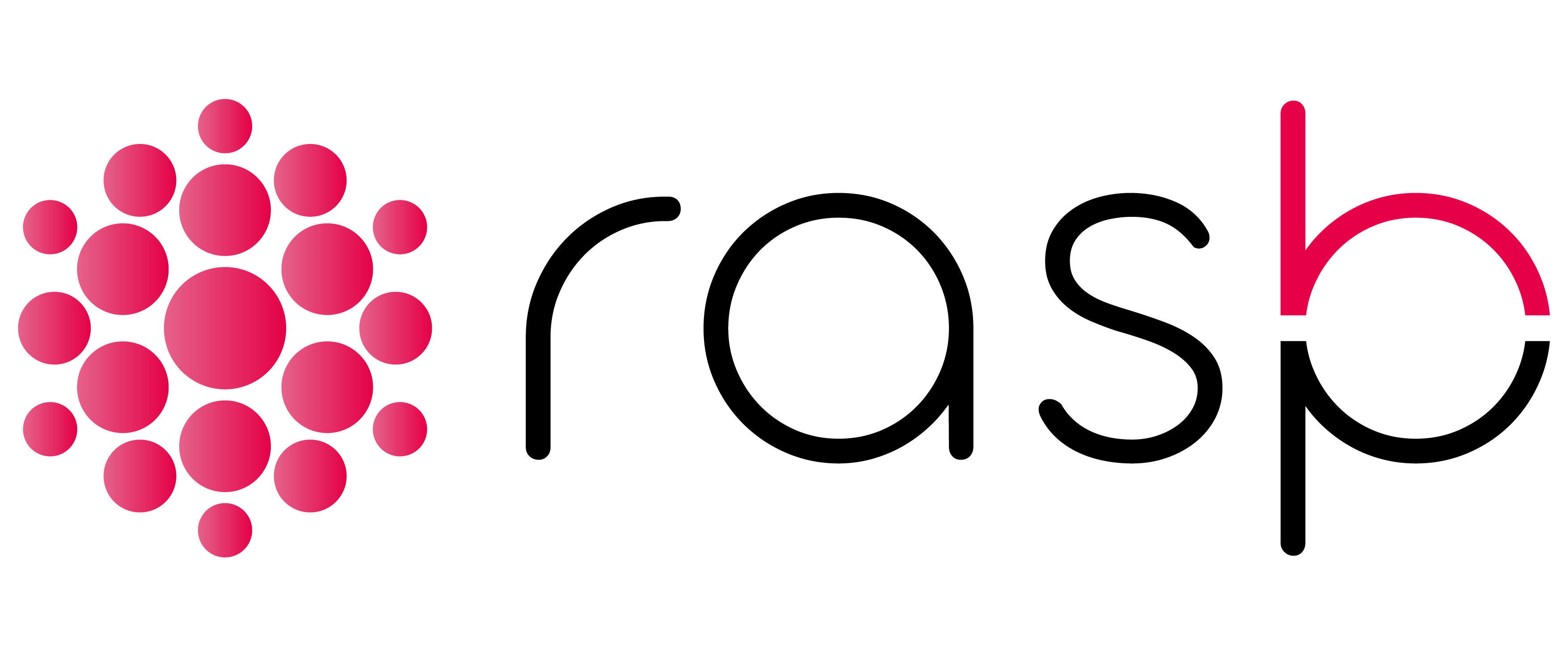Le EIC Accelerator blended financing (anciennement SME Instrument Phase 2, subvention et fonds propres) s'est réinventé en 2021 avec un nouveau processus de soumission, un budget plus important et de nouveaux seuils de réussite (lire : Examen des outils d'IA). Ces dernières sont importantes puisqu’elles définissent directement combien de temps les entreprises devront consacrer à une candidature et combien de temps cela aurait été perdu en cas de rejet (lire : Entreprises qui ne devraient pas postuler).
Les taux de réussite ayant avoisiné 5% pendant de nombreuses années et ayant connu une forte baisse en 2020, passant de 2,7% en janvier à <1% en octobre, il est probable que ces taux de réussite évoluent désormais vers un niveau record.
Un auparavant article publié a étudié les taux de réussite potentiels et les charges de travail prévues pour les différentes étapes, à savoir l'étape 1 (candidature courte), l'étape 2 (candidature complète) et l'étape 3 (entretien en face à face). L'analyse a examiné les meilleurs résultats pour les candidats, car elle a directement corrélé les taux de réussite avec la charge de travail imposée aux candidats et a conclu que les obstacles les plus sélectifs devraient être au début plutôt qu'à la fin pour éviter des mois d'efforts inutiles.
Les taux de réussite 2021
Alors que de nombreuses startups et Petites et Moyennes Entreprises (PME) ont postulé au EIC Accelerator 2021 soit par elles-mêmes, soit via des consultants et rédacteurs professionnels, il est désormais possible de tirer des conclusions sur la répartition globale des taux de réussite (lire : Réinventer le EIC Accelerator).
Étant donné que l'étape 1 est continuellement ouverte aux soumissions, les taux d'approbation changent constamment, mais à compter du 15 maième En 2021, 67% d'entreprises sont passées avec 755 sur 1 114. Ce nombre devrait rester relativement constant au cours des prochains mois puisqu'il s'agit également du seuil visé par le European Innovation Council (EIC).
Les résultats de l'étape 2 n'ont été publiés que récemment et ils pourraient ne pas être représentatifs de la date limite à venir puisque (i) le temps de préparation des candidats était inférieur à 30 jours, (ii) il s'agissait du tout premier appel avec un nouveau processus de candidature et (iii) les commentaires des jurys d’entretien de l’étape 3 pourraient influencer les futures évaluations de l’étape 2. Néanmoins, en juin, 130 candidats sur 801 ont été sélectionnés pour l'étape 3, ce qui signifie que 16% d'entreprises ont réussi cette étape.
A noter : sur les 130 invitations à des entretiens pour l'étape 3 du EIC Accelerator, 24 startups suisses ont été jugées inéligibles en raison de la récente décision des autorités suisses concernant Horizon Europe (2021-2027). Cela donnerait un taux de réussite de 13% à cette étape, sachant que seules 106 entreprises participeront aux entretiens à la mi-septembre.
La combinaison des taux de réussite de l'étape 1 et de l'étape 2 donne un taux de réussite total de 11% jusqu'à l'étape 3, et, étant donné que les taux de réussite de l'étape d'entretien (étape 3) se situent historiquement entre environ 50% en 2018/2019, il On peut supposer que le taux de réussite global retrouvera un total de 5% pour le EIC Accelerator.
Remarque : alors que les taux de réussite aux entretiens étaient d'environ 50% en 2018/2019, ils ont oscillé entre 30% et 50% au quatrième trimestre 2019 et tout au long de 2020. En raison des budgets élevés et de l'abandon de 24 candidats suisses (18% de tous les invités) après l'étape 2. Selon les évaluations, les taux de réussite de l'étape 3 pourraient potentiellement atteindre 70%, ce qui donnerait un taux de financement de 7%+.
Conclusion
Il reste à voir comment les taux de réussite réels évolueront à l'étape 3 et comment les changements futurs dans les formulaires de soumission, le modèle de proposition officiel et dans les évaluations (en particulier avec les commentaires du jury) affecteront ces seuils.
Le budget de 1 Md€ pour seulement 2 cut-offs en 2021 est également extrêmement élevé ce qui fait que cette année 2021 ruée vers l'or pourrait être de courte durée. Une chose est sûre : le EIC Accelerator n’a jamais été aussi accessible qu’aujourd’hui, de nombreux grands projets ayant plus de chances de recevoir un financement.
Il reste à voir si l'EIC respectera son engagement et ne classera pas les propositions les unes par rapport aux autres mais conservera son approche individualisée. VA NE VA PAS méthodologie. Si tel est le cas, l'accélérateur EIC pourrait rester aussi accessible qu'il l'est actuellement pour l'ensemble d'Horizon Europe (2021-2027), car aucun nombre de candidats ou de concours n'entraverait les chances de succès d'un projet individuel.
Même si cela semble être le scénario idéal, il reste à voir si cela est réalisable. Si les GO à l'étape 2 ou 3 dépassent les budgets, alors il n'y a que trois options : (1) rejeter les candidats GO sur la base de facteurs discriminants (c'est-à-dire l'industrie, les coûts, le sexe), (2) créer une liste d'attente pour les propositions approuvées soit à l'étape 2 ou 3 (c'est-à-dire avant l'entretien ou après l'entretien) ou (3) modifier l'évaluation finale avant de publier les résultats pour rejeter rétroactivement les candidats autrement financés (c'est-à-dire rendre l'évaluation du jury plus stricte).
Une dernière chose à mentionner est que certaines agences gouvernementales sont obligées de dépenser la totalité de leur budget annuel car cela est directement lié au budget qui leur a été alloué l'année suivante. Ainsi, la date limite d'octobre 2021 du EIC Accelerator pourrait voir un nombre surprenant d'entreprises financées si la date butoir de juin ne dépense pas ses 500 millions d’euros disponibles.
À propos
Les articles trouvés sur Rasph.com reflètent les opinions de Rasph ou de ses auteurs respectifs et ne reflètent en aucun cas les opinions de la Commission européenne (CE) ou du European Innovation Council (EIC). Les informations fournies visent à partager des points de vue précieux et peuvent potentiellement informer les candidats sur les programmes de financement de subventions tels que la transition EIC Accelerator, EIC Pathfinder, EIC ou des programmes connexes tels que Innovate UK au Royaume-Uni ou la bourse Small Business Innovation and Research (SBIR) aux Etats-Unis.
Les articles peuvent également constituer une ressource utile pour d'autres consultants dans le domaine des subventions ainsi que pour les rédacteurs de subventions professionnels embauchés en tant qu'indépendants ou faisant partie d'une petite et moyenne entreprise (PME). Le EIC Accelerator fait partie d’Horizon Europe (2021-2027) qui a récemment remplacé le précédent programme-cadre Horizon 2020.
- Contactez-nous -
Articles EIC Accelerator
Tous les pays éligibles au EIC Accelerator (y compris le Royaume-Uni, la Suisse et l'Ukraine)
Expliquer le processus de resoumission pour le EIC Accelerator
Une explication courte mais complète du EIC Accelerator
Le cadre de financement à guichet unique de l'EIC (Pathfinder, Transition, Accelerator)
Choisir entre EIC Pathfinder, transition et accélérateur
Un candidat gagnant pour le EIC Accelerator
Le défi des appels ouverts EIC Accelerator : les innovations MedTech dominent
Zombie Innovation : financement EIC Accelerator pour les morts-vivants
Smack My Pitch Up : Changer l'orientation de l'évaluation du EIC Accelerator
Piloter le EIC Accelerator : leçons tirées du programme pilote
Qui ne devrait pas postuler au EIC Accelerator et pourquoi
Le risque de présenter tous les risques dans le programme EIC Accelerator à haut risque
Comment préparer une resoumission EIC Accelerator
Comment préparer une bonne candidature EIC Accelerator : conseils généraux sur le projet

